
4rd International Battery Manufacturing Days - (FREE) ARTISTIC Project Webinar Series (September 11-15, 2023, online)
You are cordially invited to attend the 4rd International Battery Manufacturing Days -…
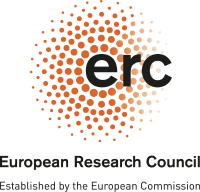
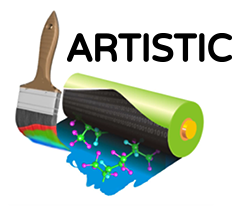
ERC Consolidator Grant #772873
Prof. Alejandro A. Franco
Linking fabrication process and electrochemistry
Predicting the best combinations of fabrication parameters
Embedding new chemistries and electrode architectures
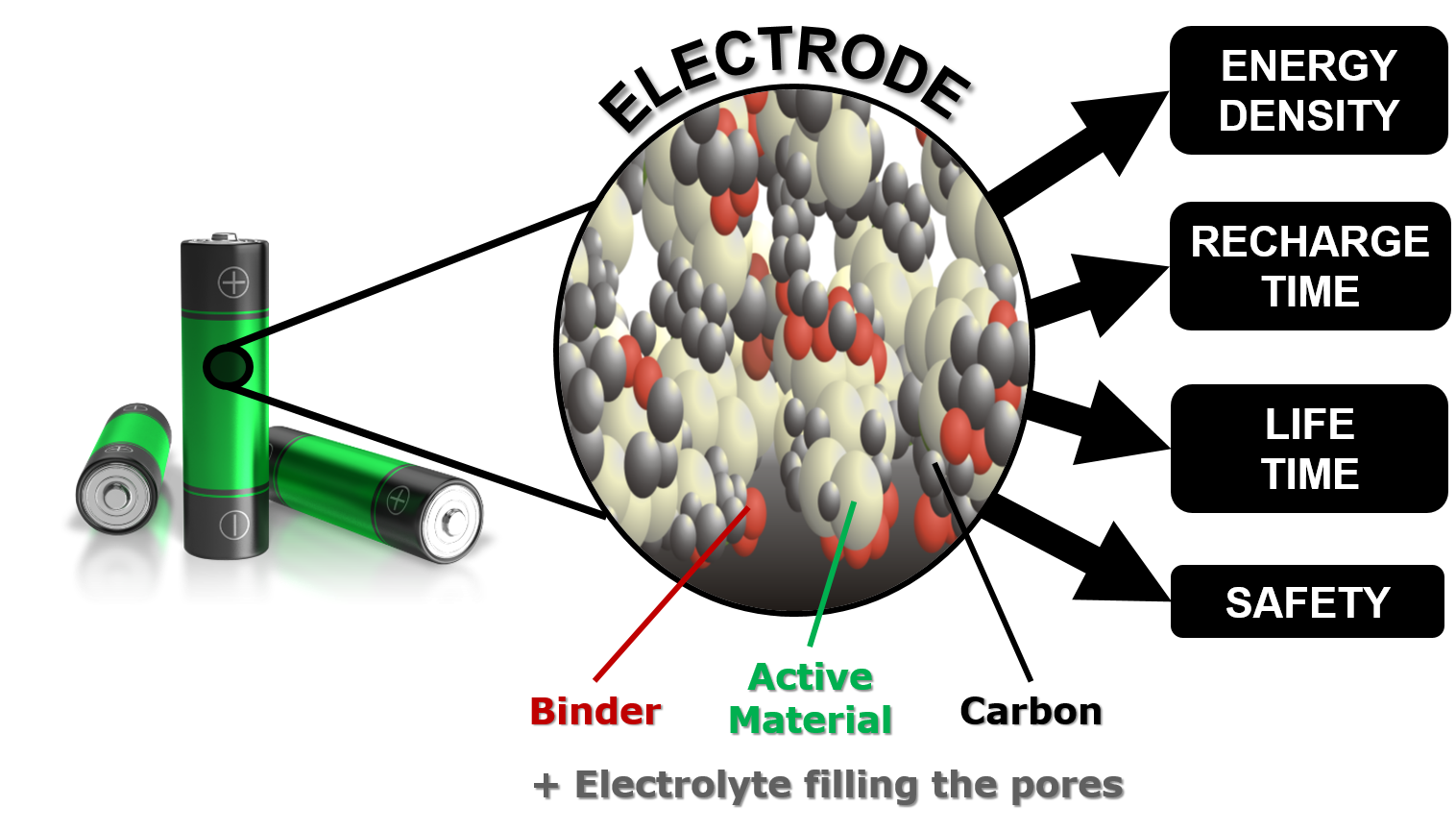
The mesostructure of the composite electrodes in lithium ion batteries, strongly impacts practical properties of these devices such as their energy density, recharge time, lifetime and safety. Such a mesostructure is characterized by the spatial location of the binder, active material and carbon additive particles in the volume of the electrode, and by the electrolyte distribution within the pores.
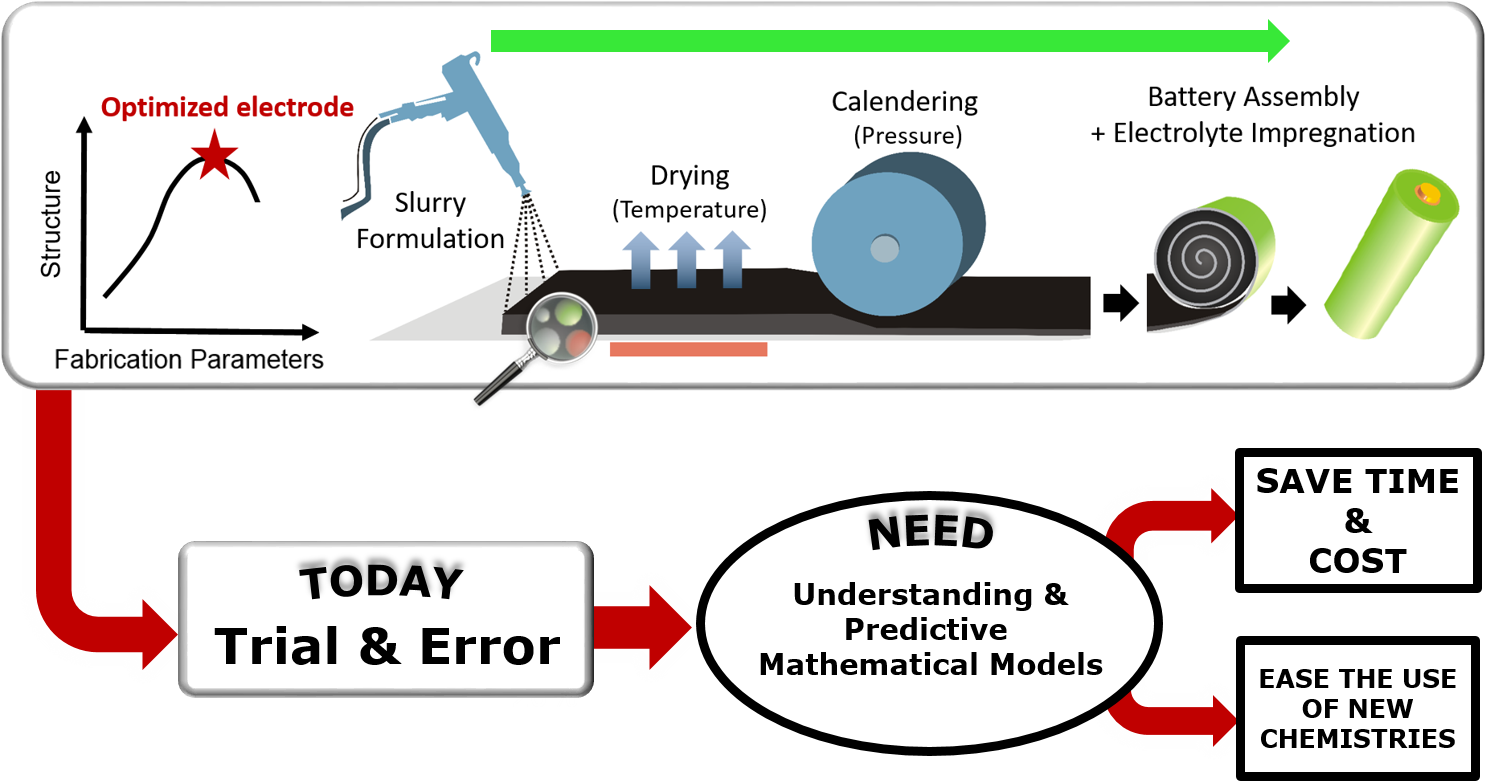
The electrode mesostructure depends on the fabrication parameters. Their optimization in industry and academia is currently based on trial error approaches. It is crucial to develop predictive computational tools of the influence of the fabrication process parameters on the resulting electrode mesostructure and associated battery cell performance. This will allow saving time, money and to ease the integration of new chemistries in the already available processing.
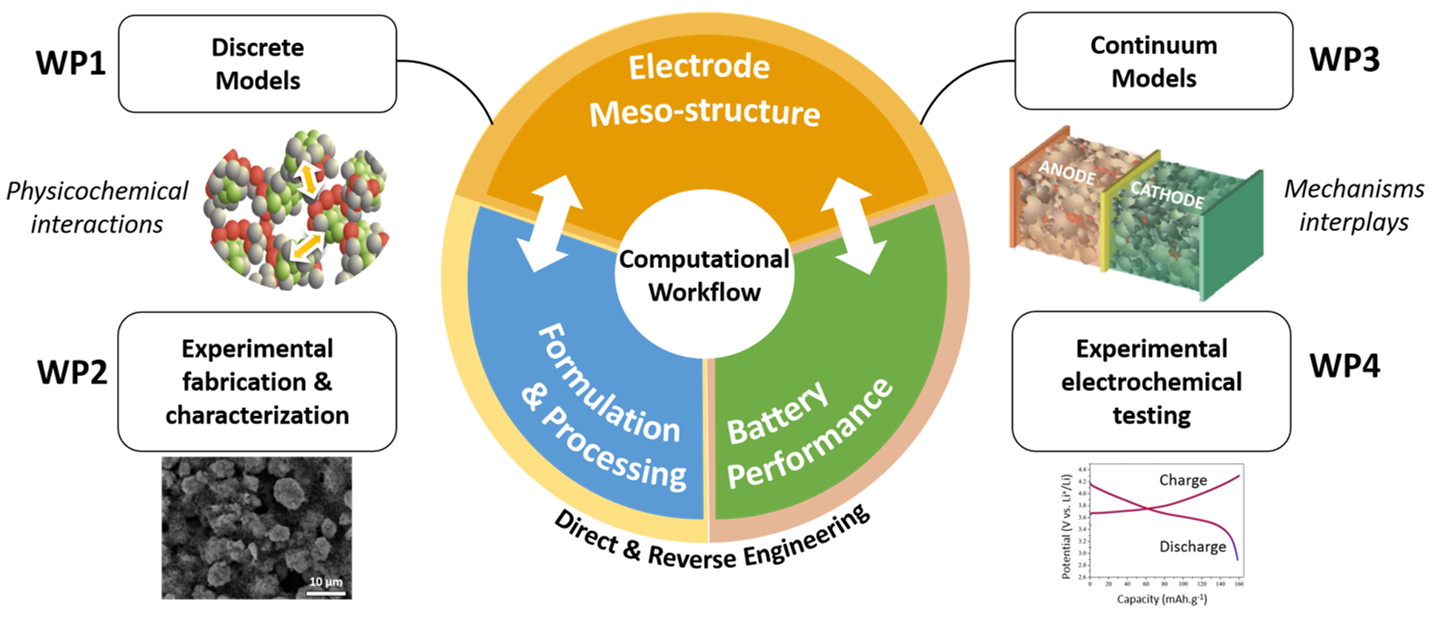
The ARTISTIC project is organized in four Work Packages. A computational platform is established connecting discrete particle models with continuum models. Discrete particle models allow predicting the electrode mesostructure as function of the fabrication parameters, whereas continuum models allow predicting the performance at the cell level as function of the electrode mesostructure. The resulting computational platform will allow performing both, direct and reverse engineering: it will allow predictions on how fabrication parameters impact the cell performance, but also recommendations on the most appropriate fabrication process (e.g. temperature to be applied in the solvent drying step) to fabricate electrodes with the desired performance targets.

You are cordially invited to attend the 4rd International Battery Manufacturing Days -…

Prof. Alejandro A. Franco is visiting by invitation Deakin University (Melbourne area,…
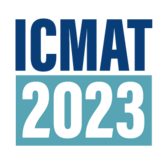
On June 29, 2023, Prof. Alejandro A.. Franco is giving an invited lecture at the ICMAT…